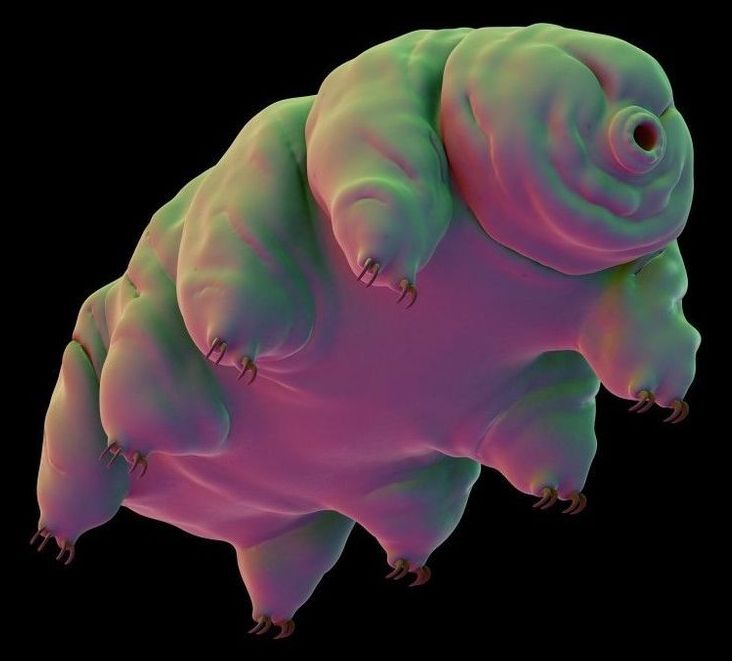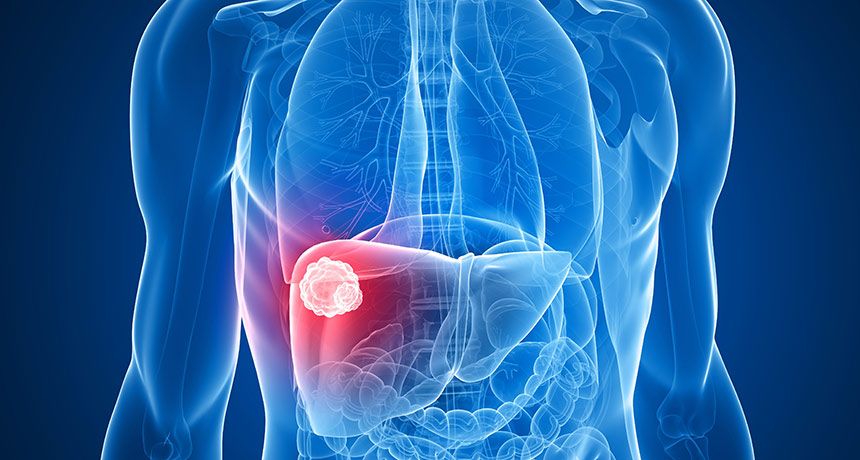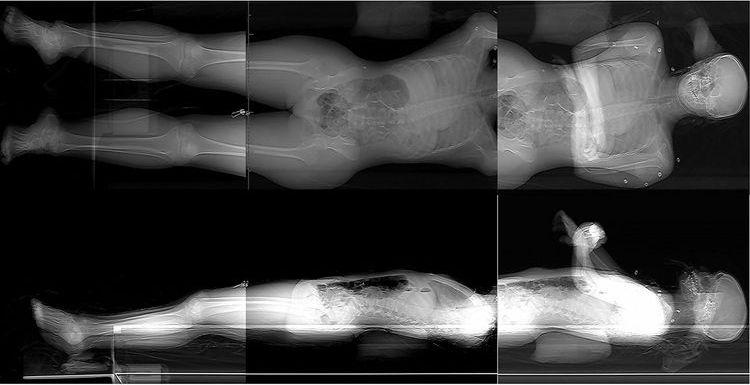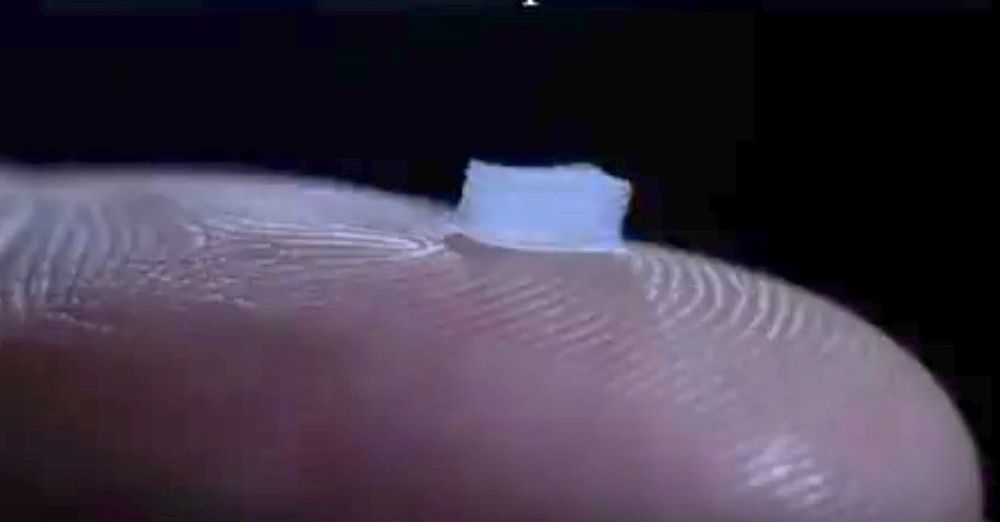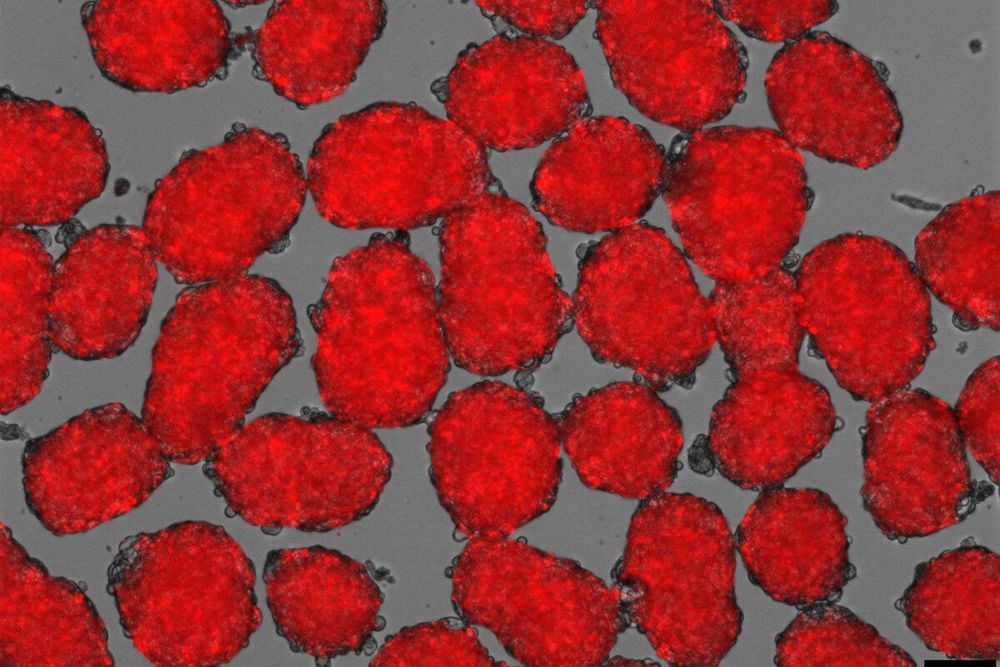Page 9474
Jan 30, 2019
Tardigrades, Frozen for 30 Years, Spring Back to Life
Posted by Paul Battista in categories: life extension, space
You can freeze them, burn them, dry them out or even blast them into space, but humble tardigrades can survive it all.
As a demonstration of tardigrade power, a new experiment has shown that even locking the critters in a block of ice for three decades fails to deliver the ultimate knockout.
Japanese researchers successfully brought two tardigrades — often called “water bears” for their claws and head shape — back to life after being frozen for 30 years. A separate team of Japanese researchers with the 24th Japanese Antarctic Research Expedition discovered the eight-legged, microscopic pair of animals back in 1983 in a frozen sample of moss, which was kept below freezing to the present day.
Continue reading “Tardigrades, Frozen for 30 Years, Spring Back to Life” »
Jan 30, 2019
This AI Can Clone Any Voice, Including Yours
Posted by Paul Battista in categories: business, robotics/AI

Journalist Ashlee Vance travels to Montreal, Canada to meet the founders of Lyrebird, a startup that is using AI to clone human voices with frightening precision.
Hello World is a Webby and Emmy-nominated video series from Bloomberg that invites the viewer to come on a journey across the globe to find the inventors, scientists and technologists shaping our future. Join journalist and best-selling author Ashlee Vance on a quest to find the freshest, weirdest tech creations and the beautiful freaks behind them.
Continue reading “This AI Can Clone Any Voice, Including Yours” »
Jan 30, 2019
A new 3D printed ‘sponge’ sops up excess chemo drugs
Posted by Paul Battista in categories: 3D printing, biotech/medical
Researchers have created “sponges” that would absorb excess cancer drugs before they spread through the body and cause negative side effects.
Jan 30, 2019
UNM database of deceased people a national first
Posted by Paul Battista in categories: biotech/medical, computing
People die. All the time. From many causes, including old age, disease, accidents, murder. But researchers can learn from these deaths.
Heather Edgar, forensic anthropologist at The University of New Mexico Office of Medical Investigator (OMI) and associate professor of anthropology, is currently converting a dataset of whole body decedent CT scans into a searchable database that will be available to researchers.
The database will be stored on systems at the UNM Center for Advanced Research Computing, with the help of CARC network and storage specialist Hussein Al-Azzawi. It is being funded by a $702,000 grant from the National Institute of Justice.
Continue reading “UNM database of deceased people a national first” »
Jan 30, 2019
Fever alters immune cells so they can better reach infections
Posted by Paul Battista in category: biotech/medical
Fever is known to help power up our immune cells, and scientists in Shanghai have new evidence explaining how. They found in mice that fever alters surface proteins on immune cells like lymphocytes to make them better able to travel via blood vessels to reach the site of infection. Their work appears on January 15 in the journal Immunity.
“One good thing about fever is that it can promote lymphocyte trafficking to the site of infection, so you will have more immune cells in the infected region that will get rid of the pathogen,” says Shanghai Institute of Biochemistry and Cell Biology (SIBCB) Professor and senior author JianFeng Chen.
To get to an infection, white blood cells need to adhere to the blood vessel and then transmigrate into the infected tissue or lymph node. During this step, molecules known as integrins are expressed on the surface of lymphocytes. Integrins are cell adhesion molecules that control lymphocyte trafficking during inflammation.
Continue reading “Fever alters immune cells so they can better reach infections” »
Jan 30, 2019
Marijuana Could Help HIV Patients Maintain Their Mental Stamina
Posted by Paul Battista in categories: biotech/medical, neuroscience
Jan 30, 2019
Using 3D printer to develop treatment for spinal cord injury
Posted by Paul Battista in categories: 3D printing, biotech/medical
Spinal cord injuries (SCIs) affect approximately 300,000 Americans, with about 18,000 new cases occurring per year. One of these patients, Jake Javier, who we have written about many times over the past several years, received ten million stem cells as part of a CIRM-funded clinical trial and a video about his first year at Cal Poly depicts how these injuries can impact someone’s life.
Currently, there is nothing that completely reverses SCI damage and most treatment is aimed at rehabilitation and empowering patients to lead as normal a life as possible under the circumstances. Improved treatment options are necessary both to improve patients’ overall quality of life, and to reduce associated healthcare costs.
Scientists at UC San Diego’s School of Medicine and Institute of Engineering in Medicine have made critical progress in providing SCI patients with hope towards a more comprehensive and longer lasting treatment option.
Continue reading “Using 3D printer to develop treatment for spinal cord injury” »
Jan 30, 2019
Length of DNA strands can predict life expectancy
Posted by Paul Battista in category: biotech/medical
Can the length of strands of DNA in patients with heart disease predict their life expectancy? Researchers from the Intermountain Heart Institute at Intermountain Medical Center in Salt Lake City, who studied the DNA of more than 3,500 patients with heart disease, say yes it can.
Jan 30, 2019
New hope for stem cell approach to treating diabetes
Posted by Paul Battista in category: biotech/medical
Scientists working to develop more effective treatments for diabetes are turning to stem cells. Such cells can be transformed into cells that produce insulin, the hormone that controls blood sugar.
But there’s a major challenge: the amount of insulin produced by theses cells is difficult to control.
Now, by tweaking the recipe for coaxing human stem cells into insulin-secreting beta cells, a team of researchers at Washington University School of Medicine in St. Louis has shown that the resulting cells are more responsive to fluctuating glucose levels in the blood.
Continue reading “New hope for stem cell approach to treating diabetes” »

